
UTIG-HIGP JOINT MARINE CSEM INSTRUMENT FACILITY
``The great growling engine of change – technology
~ Alvin Toffler
OCEEMlab is dedicated to promoting the use of advanced marine technologies to make our instruments available to Ocean and Earth scientists from various disciplines. For this purpose, together with Amir Haroon from Hawaiʻi Institute of Geophysics and Planetology (HIGP), we recently inaugurated the UTIG-HIGP Joint Marine CSEM Instrument Facility. In addition to existing instruments of the UTIG-HIGP facility, we are committed to developing next-generation marine CSEM systems purposely designed for high-resolution, large-scale mapping of submarine provinces of high environmental and societal importance (e.g., freshwater crisis, mineral scarcity, Arctic permafrost methane emission). Our new UTIG-HIGP Instrument Facility welcomes collaborations with academic and industry partners keen to conduct research aimed at mitigating the imminent impacts of climate change and explore new energy and mineral resources critical for the unavoidable transition from hydrocarbon-dependent to hydrocarbon-free energy, thereby contributing to the burgeoning New Blue Economy.

OCEEMlab recently acquired an industry-standard, large-scale CSEM towed streamer from Ocean Floor Geophysics (OFG). This CSEM streamer represents the pinnacle of mid-water towed systems within industry and academia due to its ability to collect extremely dense data to produce high-resolution subsurface models (McKay et al., 2015). Originally designed, constructed, and operated by Petroleum Geo-Services (PGS), the streamer was engineered to gather coincident seismic and CSEM data from PGS's large-scale 2D seismic vessels (e.g., Ramform Titan).
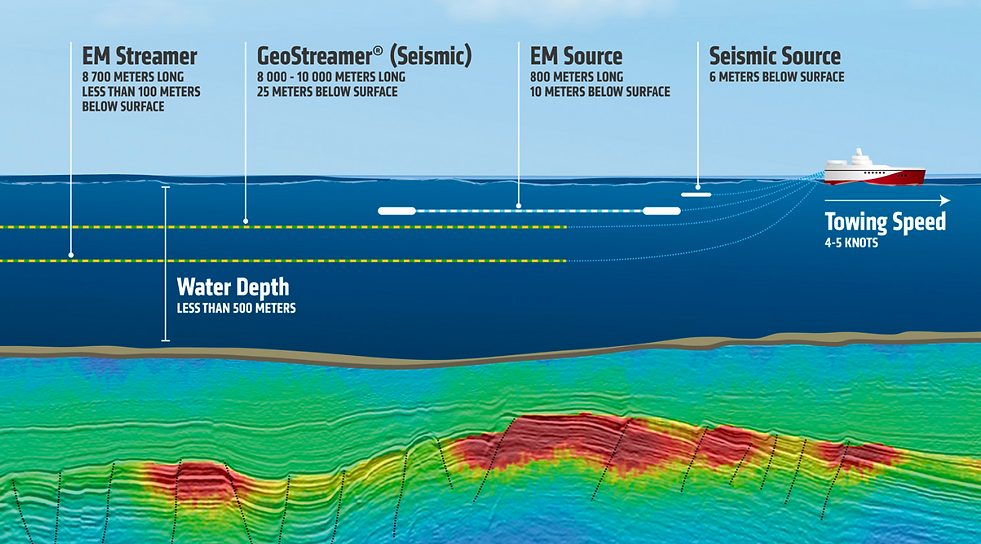
PGS joint seismic and CSEM towed-streamer
OCEEMlab will soon redesign OFG/PGS's CSEM streamer system (now called SWELL) to be leaner, smaller, and enhanced by a FreshSense multi-sensor instrument. SWELL will be operational from any vessel of opportunity (e.g., UNOLS vessels) and deployed simultaneously with LDEO's R/V Marcus Langseth seismic streamer, thus making it accessible to the US active seismic community. We envision that SWEEL will be pivotal in mapping and monitoring emerging research domains of potential economic value, such as submarine freshwater, CO2 storage sites, geologic hydrogen, gas hydrate, and permafrost domains.
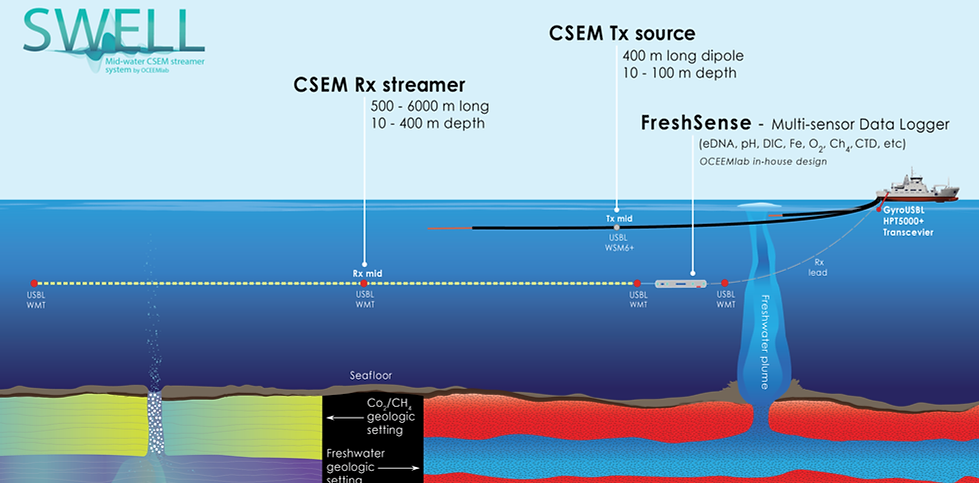
SWELL: A mid-water CSEM streamer redesigns to image crustal structures at a high resolution. SWELL includes an EM transmitter source, receiver streamer, and FreshSense - a multi-sensor data logger. For accurate positioning of SWELL, we will use our new Sonardyne Ranger 2 GyroUSBL navigation system (see below).

The SWELL system includes six 20-foot containers: Tx power van, 6 km Rx streamer (three vans), control van, and workshop van
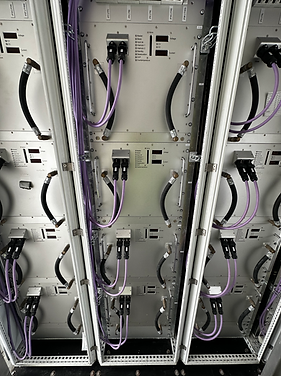

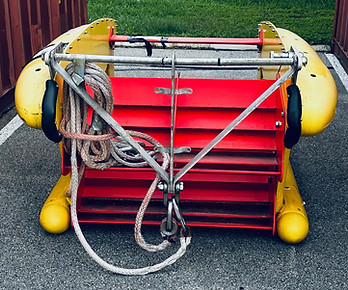
Depressor
Streamer test units
Power module

SWAN: A near-surface towed CSEM system designed to map the electrical resistivity of submarine groundwater resources (Pastoressa et al., 2023). The SWAN hybrid time-frequency domain system was built in 2022 by Amir Haroon (HIGP) in collaboration with GEOMAR, Texas A&M, and the University of Malta. SAWN's modular lean design provides a practical, cost-efficient method to study subsurface structures of shallow offshore environments. This towed CSEM system is available to academia and industry via the UTIG-HIGP Marine CSEM Instrument Facility.

SWAN schemetics: A modular, near-surface towed CSEM system
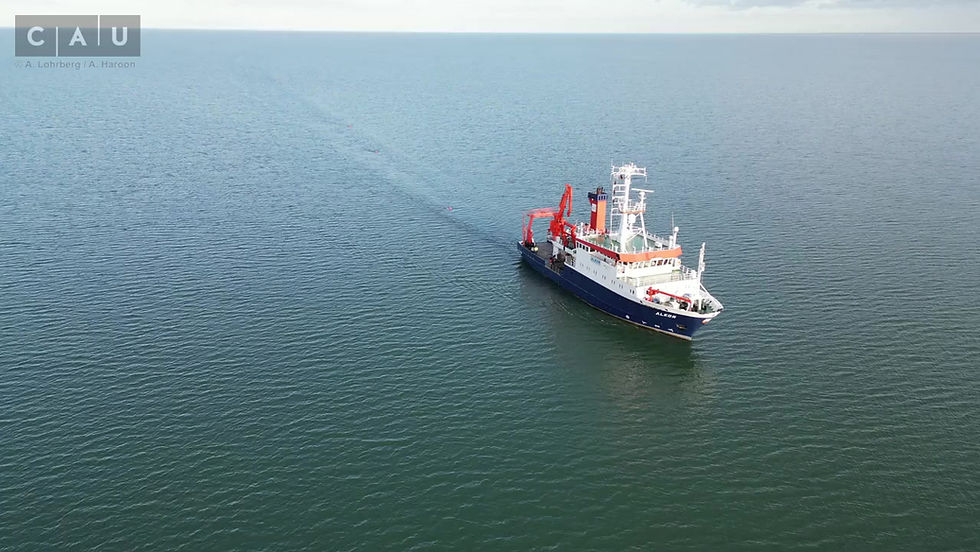
SWAN in action: A top view from a drone during a test cruise performed onbard R/V ALKOR in October, 2023
INSTRUMENT NAVIGATION
Sonardyne Ranger 2 GyroUSBL system

+
HPT5000+ Transceiver




WMT Directional Transducers
+

WSM6+
Subsea instruments owned by the UTIG-HIGP Marine CSEM Facility will use OCEEMlab's Sonardye R2 Pro GyroUSBL portable navigation system for high precision (Up to 0.04% of slant range system accuracy) tracking and positioning. The R2 GyroUSBL is an all-in-one instrument that combines a 6G acoustic positioning (HPT) transceiver and Lodestar attitude and heading reference system (AHRS) in the same unit. This combination eliminates alignment errors seen in conventional USBL systems that are dependent upon a vessel’s attitude and heading sensors. OCEEMlab's R2 system includes a Gen2 Lodestar GyroUSBL HPT5000+ Transceiver, 4 units of Wideband Mini Transponder (WMT) Directional Transducer (depth rating: 7000 m), and one Wideband Sub Mini 6 Plus (WSM6+) Transponder.
OCEEMlab Team testing the R2 GyroUSBL system. Our team includes subsea engineer Tony Wass, Postdoctoral Researcher Dallas Sherman, and Ph.D. student Ema L. Parker. Photos credit: E. Attias.






